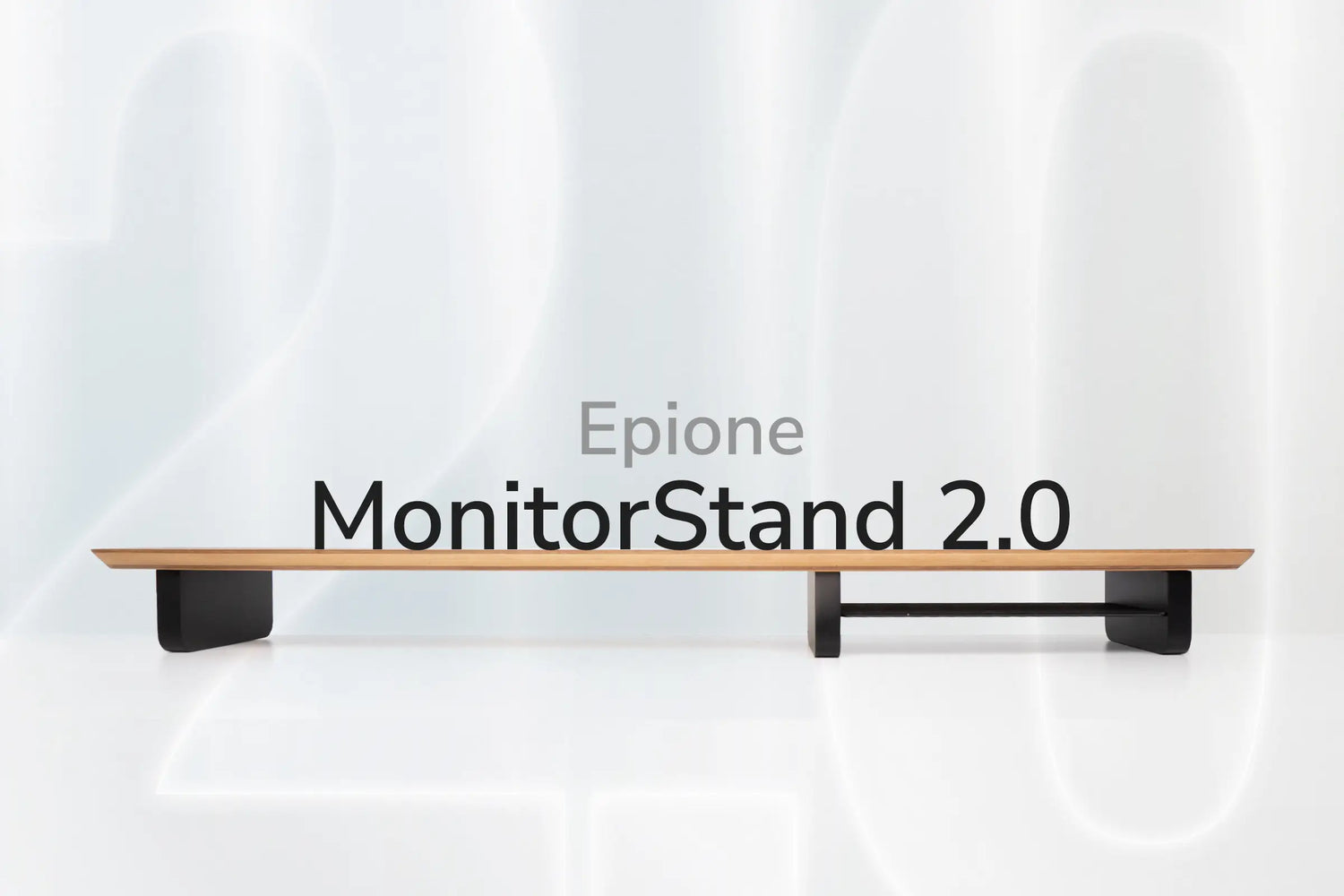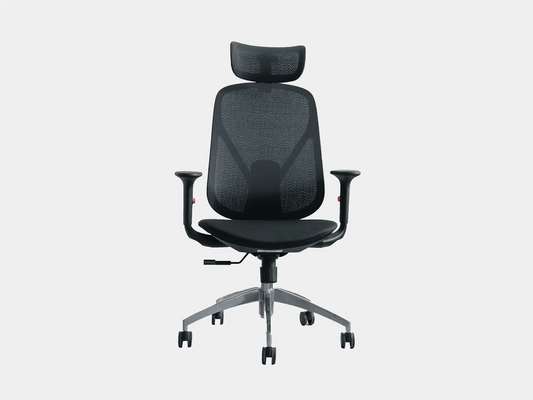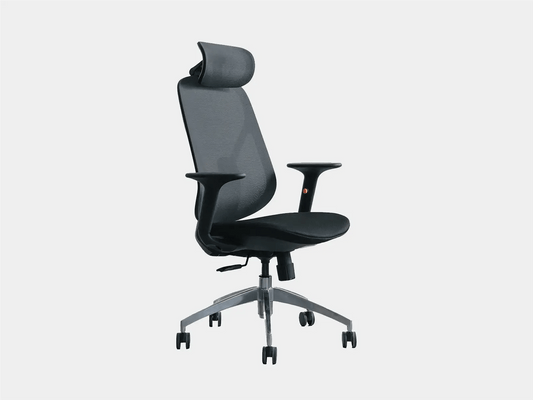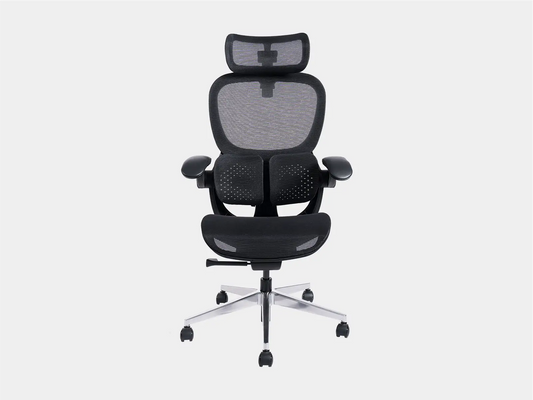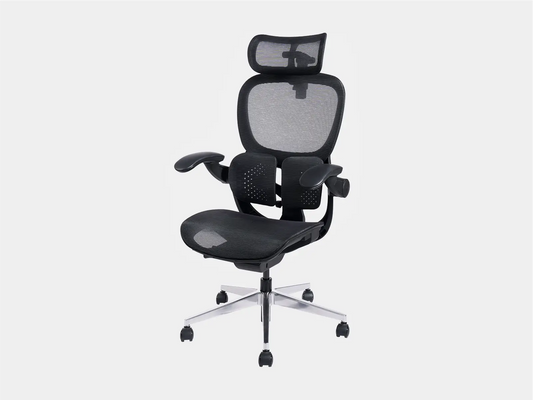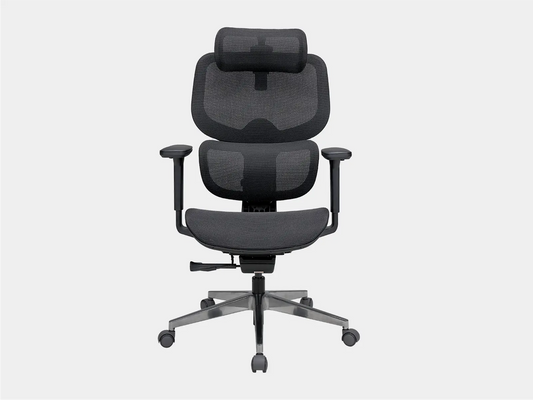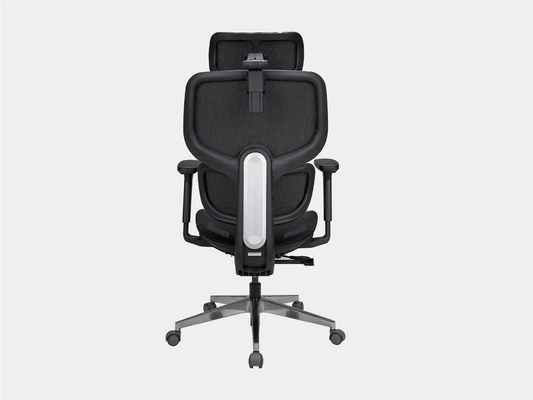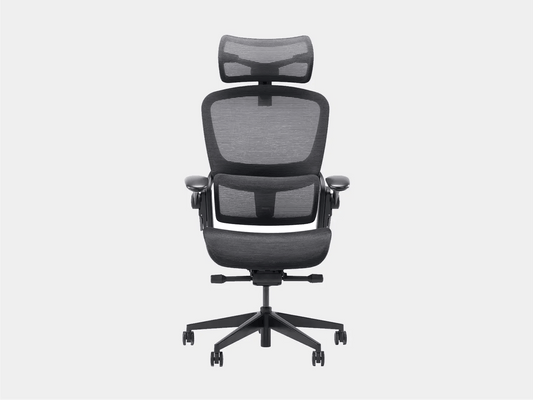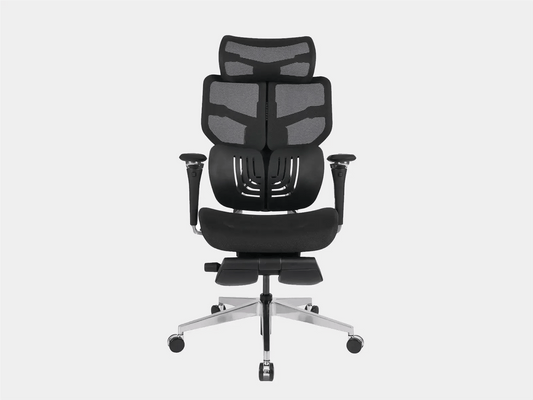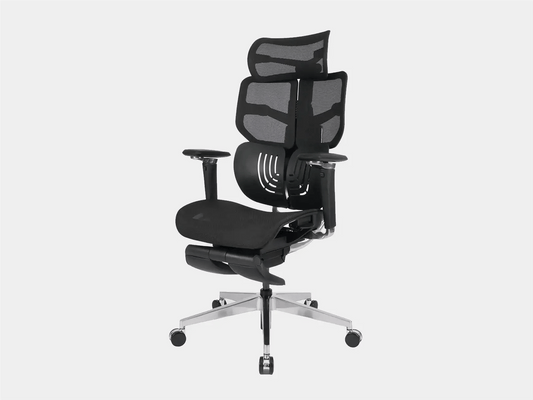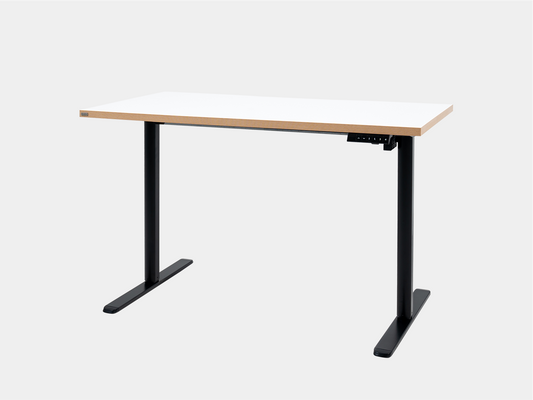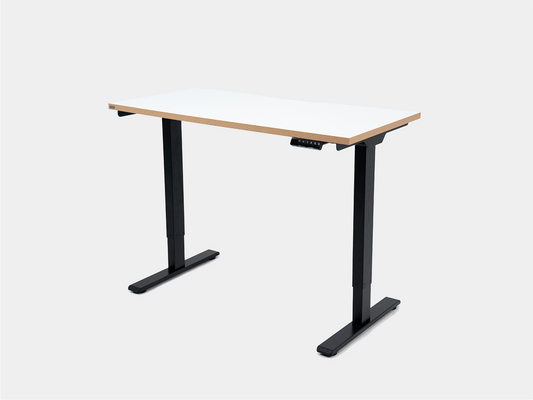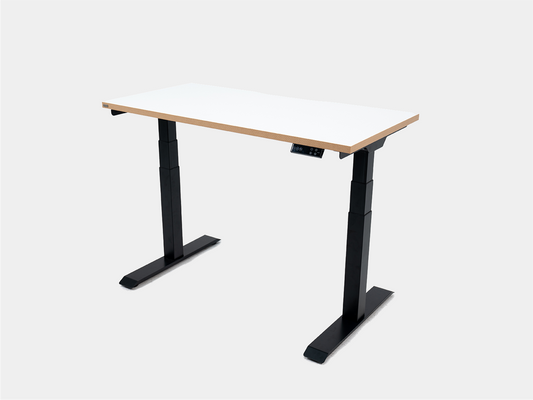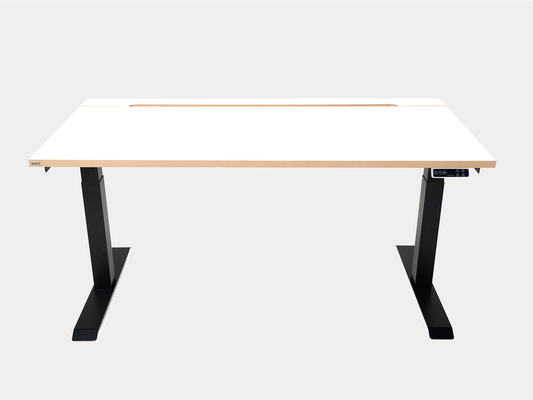
1. Why does office chair make your back hurt?
1.1. Poor adjustment
One of the main reasons why office chairs cause back pain is poor adjustment. A chair is only effective if it fits your body. If your chair is too high or too low, it can lead to poor posture and pressure on your spine.
- Inadequate back support: If the back support is not positioned properly, it can push your back too far forward or not provide enough support, leading to discomfort.
- Seat pan depth: A chair with a pan that is too deep can cause you to hunch over, while a pan that is too shallow can put pressure on your thighs.

1.2. Prolonged sitting time
Can an office chair cause back pain? It is possible. Sitting in any chair for long periods of time, even an ergonomic chair, can lead to discomfort and pain. The human body is not designed to be stationary for long periods of time. Sitting in a chair for hours on end can lead to stiff muscles and joints, which can aggravate back pain.

1.3. Lack of exercise
Even the best office chair can become uncomfortable if you don't move around regularly. Sitting for too long can reduce blood flow, leading to muscle fatigue and tension. Incorporating breaks to move your body and stretch can help relieve discomfort.

1.4. Anatomical characteristics of the individual
Everyone's body is different. What works for one person may not work for another. Differences in height, weight, and body shape can affect how a chair affects you.
- Body Composition: If you are larger or smaller than the chair is designed for, the chair may not support you properly.
- Medical conditions: Medical conditions such as scoliosis or herniated discs can reduce the effectiveness of basic office chairs.

2. Signs it's time to upgrade your chair
If you regularly find that your office chair is causing back pain, it may be time to consider an upgrade. Here are some signs that your current chair may not be right for you:
- Persistent Pain: If you experience chronic back pain or discomfort that doesn't improve with regular adjustments or movement, it's a clear sign that your chair may not be properly aligned with your body.
- Non-Adjustable: If your chair doesn't have features like adjustable back support or seat height, it may be time to look for a new, more ergonomic option.
- Worn-out seat cushions: Over time, the seat cushions in office chairs can wear down, making them less comfortable to sit on. You won’t be able to concentrate on your work if your seat feels flat or hard, which can be bad for your buttocks and back.
- Poor posture: Constantly hunching or leaning forward will cause your chair to not provide enough support to maintain good posture.
3. Do ergonomic chairs help relieve back pain?
Why a basic office chair can hurt your back and how an ergonomic chair can fix it? Ergonomic chairs are often specially designed to follow the natural curves of the body and help form good sitting posture.

However, even the best designed chairs can be uncomfortable if not properly installed or adjusted to fit the sitter’s body. This is the advantage of ergonomic chairs over regular office chairs. These chairs often support features such as seat height adjustment, back, neck support and armrests to provide comfort for long hours of sitting. So what are the factors that ergonomic chairs will support you, let’s find out!
Seat height plays an important role in maintaining good posture. An ergonomic chair usually has a height adjustment feature that allows the user to place their feet flat on the floor and keep their knees at a right angle. If your chair is not high enough, it can lead to strain on your legs and back.
|
Average height (cm) |
Recommended Piston Height (cm) |
|
149 - 161 |
38 - 43 |
|
162 - 171 |
40 - 45 |
|
172 - 183 |
43 - 48 |
|
185 - 190 |
45 - 50 |
|
Over 191 |
48 - 53 |
Back support is an important factor in maintaining the natural curve of the spine. Proper back support can help prevent back pain and promote healthy posture. It is important to know where to place the back support; ideally, it should be placed on the lower back for effective spinal support. A height-adjustable lumbar support on an ergonomic chair can easily help you do this.

Armrests act as support for your arms and shoulders, thereby reducing strain on your neck and upper back. An ergonomic chair often has armrests that are adjustable in height and width, ensuring your arms are comfortably supported.

The depth and width of an ergonomic chair should match your body size. A chair that is too deep can cause you to hunch forward and not be able to take advantage of the excellent back support features. While a chair that is too shallow may not provide enough support.

The materials used in an ergonomic chair significantly affect comfort and durability. There are many different types of office chair materials, including mesh, leather, and fabric, each of which offers different benefits in terms of comfort and hygiene. Most ergonomic chairs today use breathable mesh as their main material, which increases the experience of sitting for long periods of time.

Reclining and Resistance Mechanisms: A chair that allows for tilt and recline can further enhance comfort. These features allow you to adjust the angle of the backrest to find a comfortable position that reduces pressure on the spine. Many ergonomic chairs also come with adjustable reclining resistance levels to control how the user feels when reclining the chair.

4. Are ergonomic chairs worth owning?
The answer depends on your needs. However, for optimal support, consider an ergonomic chair for your work corner. This product is designed based on understanding the chronic back pain of office workers, so it will be the perfect choice for your back that is constantly screaming every day. Check out some of Epione's ergonomic chair products!
